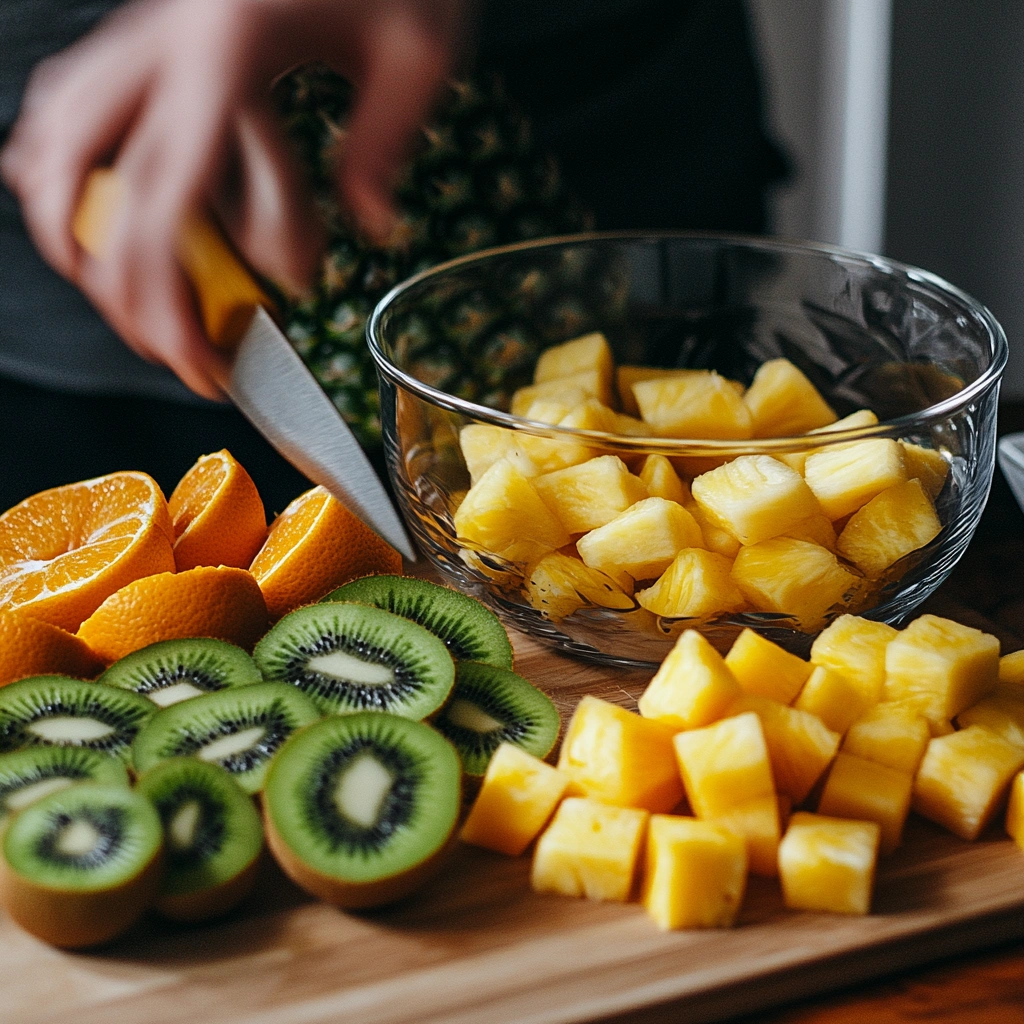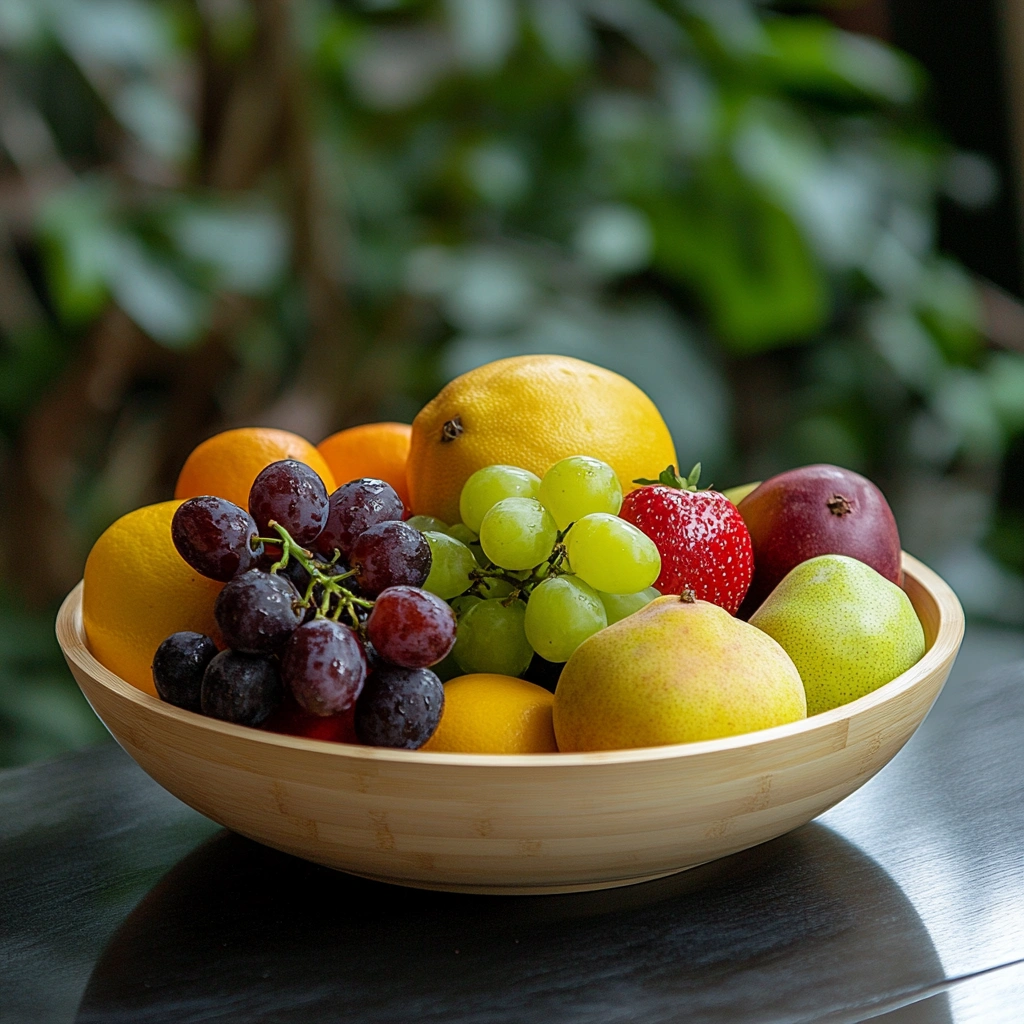Fruit bowls have become a popular trend for both home and office environments. Not only do they serve as an appealing decor item, but they also encourage healthier eating habits. But are fruit bowls a good idea in terms of health, practicality, and sustainability? In this article, we’ll explore the benefits and potential drawbacks of fruit bowls, while offering tips on how to make the most of them.
Introduction to Fruit Bowls
Fruit bowls are essentially a collection of fresh, cut, or whole fruits displayed in an accessible and often aesthetically pleasing way. The idea is simple: make fruit more available for snacking, encourage better dietary habits, and enhance your home or kitchen’s appearance. But beyond the visual and practical appeal, there are deeper questions surrounding the health and sustainability aspects of fruit bowls.
Health Benefits of Fruit Bowls
One of the primary reasons why fruit bowls are considered a good idea is due to the nutritional benefits they provide. Fruits are a rich source of vitamins, minerals, and antioxidants, all essential for maintaining a healthy immune system, skin health, and overall well-being. Here are some of the key nutrients typically found in fruit bowls:
- Vitamin C: Found in fruits like oranges, kiwis, and strawberries, vitamin C helps boost your immune system and promotes healthier skin.
- Fiber: Most fruits are rich in fiber, which supports digestive health and helps regulate blood sugar levels.
- Antioxidants: Berries, grapes, and apples are high in antioxidants, which help fight free radicals and reduce the risk of chronic diseases.
Including fruit bowls in your diet can help you meet the recommended daily intake of fruits, which can lower the risk of heart disease, stroke, and certain cancers.
Linking Fruit Bowls to Healthy Habits
Having a fruit bowl in a prominent place, such as your kitchen counter or dining table, increases the likelihood of reaching for a healthy snack instead of less nutritious alternatives like chips or candy. By making healthier snacking more convenient, fruit bowls serve as a constant visual reminder to make better dietary choices.
The nutritional benefits of fruits are well-documented, and fruit bowls provide a convenient and visually appealing way to ensure you’re consuming them regularly.
Practical Benefits of Fruit Bowls
Convenience and Accessibility
One of the biggest advantages of fruit bowls is the convenience they offer. A fruit bowl filled with ready-to-eat fruits ensures that you always have a healthy option at hand. Unlike packaged snacks, which often come with preservatives and added sugars, fresh fruit provides a natural, unprocessed snack.
- Pre-cut vs. whole fruits: While some prefer having pre-cut fruit in their bowls, which is easier to grab on the go, others like whole fruits to maintain freshness for a longer period.
- Time-saving: Having a variety of fruits available in a bowl can save time when preparing quick meals, especially in the morning or for a midday snack.
Visual Appeal and Aesthetics
In addition to being functional, fruit bowls can enhance the aesthetic appeal of your kitchen or dining room. A colorful display of fresh fruits not only looks inviting but also acts as a decorative piece. Seasonal fruits add variety and keep the bowl looking fresh and new throughout the year.
Cost Efficiency
Another practical benefit of fruit bowls is their cost efficiency. Homemade fruit bowls are often much cheaper than store-bought alternatives. You can buy fruits in bulk and arrange them yourself, saving money while ensuring you only use the freshest produce.
Here are a few budget-friendly tips for preparing your own fruit bowl:
- Buy fruits that are in season, as they are generally cheaper and fresher.
- Avoid pre-cut fruit packs from the store, as they often cost more and have a shorter shelf life.
- Incorporate a mix of more affordable fruits like apples and bananas with more expensive ones like berries and mangoes.
For those who prefer to buy pre-made fruit bowls, it’s important to consider whether the convenience is worth the added cost and potential preservatives. You can easily make your own at home with minimal effort and maximize both freshness and savings.
Sustainable fruit sourcing practices can further ensure that your fruit bowl is as eco-friendly as it is beneficial to your health.
Types of Fruit Bowls and Their Use Cases

Fruit bowls aren’t just a random assortment of fruits; they can serve different purposes depending on their composition and how they’re used. Here are the main types of fruit bowls and how to make the most of them:
Breakfast Fruit Bowls

One popular use for fruit bowls is as part of a healthy breakfast. Mixing fruits like bananas, berries, and oranges with yogurt, oatmeal, or cereal can create a nutritious and filling start to the day. These bowls offer a balanced mix of carbohydrates, fiber, and vitamins, ensuring you stay energized throughout the morning.
- Add a handful of nuts or seeds for added protein and healthy fats.
- Use Greek yogurt for a protein-rich base that complements the sweetness of the fruits.
Dessert Fruit Bowls
For those looking for a healthier dessert option, fruit bowls can be a fantastic alternative to sugary sweets. A dessert fruit bowl might include a variety of sweet fruits like grapes, mangoes, and melons, paired with a light whipped cream or sorbet.
- Opt for fruits with higher sugar content (natural sugars) if you’re satisfying a sweet tooth, but balance them with some lower-sugar options like berries or citrus fruits.
- Drizzle a small amount of honey or add a sprinkle of cinnamon for extra flavor without adding excessive calories.
Meal Replacement Fruit Bowls
Incorporating a fruit bowl as a meal replacement is another popular trend, especially among those who prefer a lighter lunch. You can enhance your fruit bowl by adding sources of protein such as nuts, seeds, or a spoonful of peanut butter, ensuring you stay full and satisfied.
Potential Drawbacks of Fruit Bowls
While there are many benefits to having fruit bowls, they aren’t without their potential downsides. To make the most of your fruit bowl, it’s important to be aware of these challenges and how to address them.
Fruit Quality and Freshness
One of the biggest concerns with fruit bowls is ensuring the quality and freshness of the fruits. Fruits like berries and bananas tend to spoil quickly, especially when exposed to air and heat. To keep your fruit bowl looking fresh, follow these tips:
- Store fruits that perish quickly (like berries) in the fridge and only bring them out when you’re ready to eat them.
- If using pre-cut fruit, consume it within 1-2 days to avoid spoilage.
Another way to prolong the life of your fruit bowl is to rotate the fruits regularly, ensuring you eat the more perishable items first.
Sugar Content in Fruits
Some may worry about the sugar content in fruits, particularly if they are concerned about blood sugar levels or calorie intake. While fruits do contain natural sugars, they are balanced by fiber, vitamins, and other beneficial compounds that make them a healthier option than processed snacks.
To avoid overloading on sugar:
- Combine fruits with a high sugar content, like mangoes and grapes, with lower-sugar options like apples or berries.
- Avoid adding sugary dressings or toppings like syrups or sweetened yogurt.
Sustainability and Zero-Waste Considerations

A well-prepared fruit bowl can also be an environmentally friendly choice, especially if you focus on sustainability and reducing waste.
Reducing Food Waste with Fruit Bowls
One way fruit bowls can help reduce food waste is by encouraging you to eat the fruits before they go bad. By keeping fruit visible and accessible, you’re less likely to forget about it until it spoils.
Here are a few tips for minimizing waste:
- Use slightly overripe fruits in smoothies or baking to avoid throwing them away.
- Buy only the amount of fruit you know you’ll eat within a week to minimize spoilage.
For more ways to reduce waste, check out these tips for reducing food waste.
Eco-Friendly Alternatives to Traditional Fruit Bowls
Another important consideration is the environmental impact of the materials you use for your fruit bowl. Opt for biodegradable or reusable bowls instead of plastic. Additionally, sourcing organic or locally grown fruits can reduce the carbon footprint associated with transporting produce over long distances.
FAQs About Fruit Bowls
Are fruit bowls healthy for weight loss?
Yes! Fruit bowls are low in calories but high in fiber, making them a great option for those looking to lose weight while maintaining a nutritious diet.
How long do fruit bowls stay fresh?
It depends on the fruits used. Pre-cut fruits usually last 1-3 days in the fridge, while whole fruits can stay fresh for up to a week.
What are the best fruits to include in a fruit bowl?
Berries, apples, bananas, grapes, and citrus fruits are common choices for fruit bowls due to their varying textures and flavors.
Can fruit bowls be part of a meal plan?
Absolutely. Fruit bowls can be customized for any meal—whether as a breakfast option with yogurt, a light lunch, or a refreshing dessert.
Is it safe to eat fruit bowls every day?
Yes, eating fruit daily provides essential vitamins and minerals. Just be mindful of sugar content and balance with other macronutrients.
How do I prevent fruit in a bowl from going bad quickly?
Keep more perishable fruits refrigerated and rotate your fruits, consuming the ones that spoil faster first.
Conclusion
In conclusion, fruit bowls are not only an aesthetically pleasing addition to your kitchen, but they also provide significant health benefits, including increased fiber, vitamins, and antioxidants. Their practicality, versatility, and low cost make them an excellent choice for anyone looking to improve their diet. Additionally, with proper care, fruit bowls can be part of a sustainable and waste-reducing lifestyle.
With the right balance of fruits, an eye toward sustainability, and a few eco-friendly practices, fruit bowls can indeed be a great idea!


